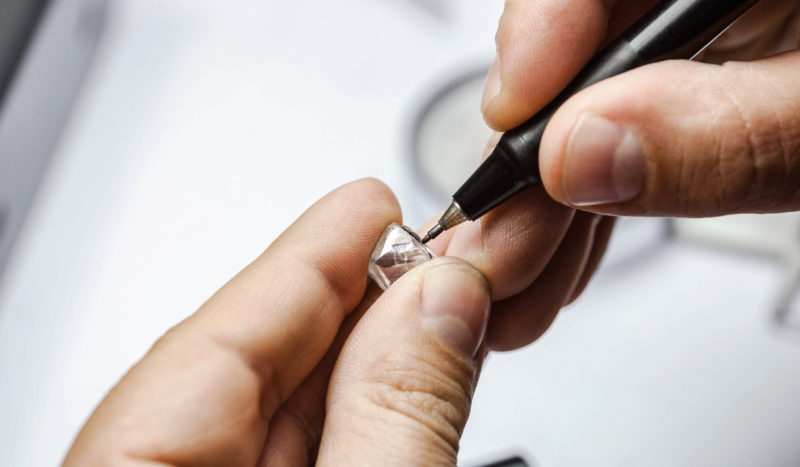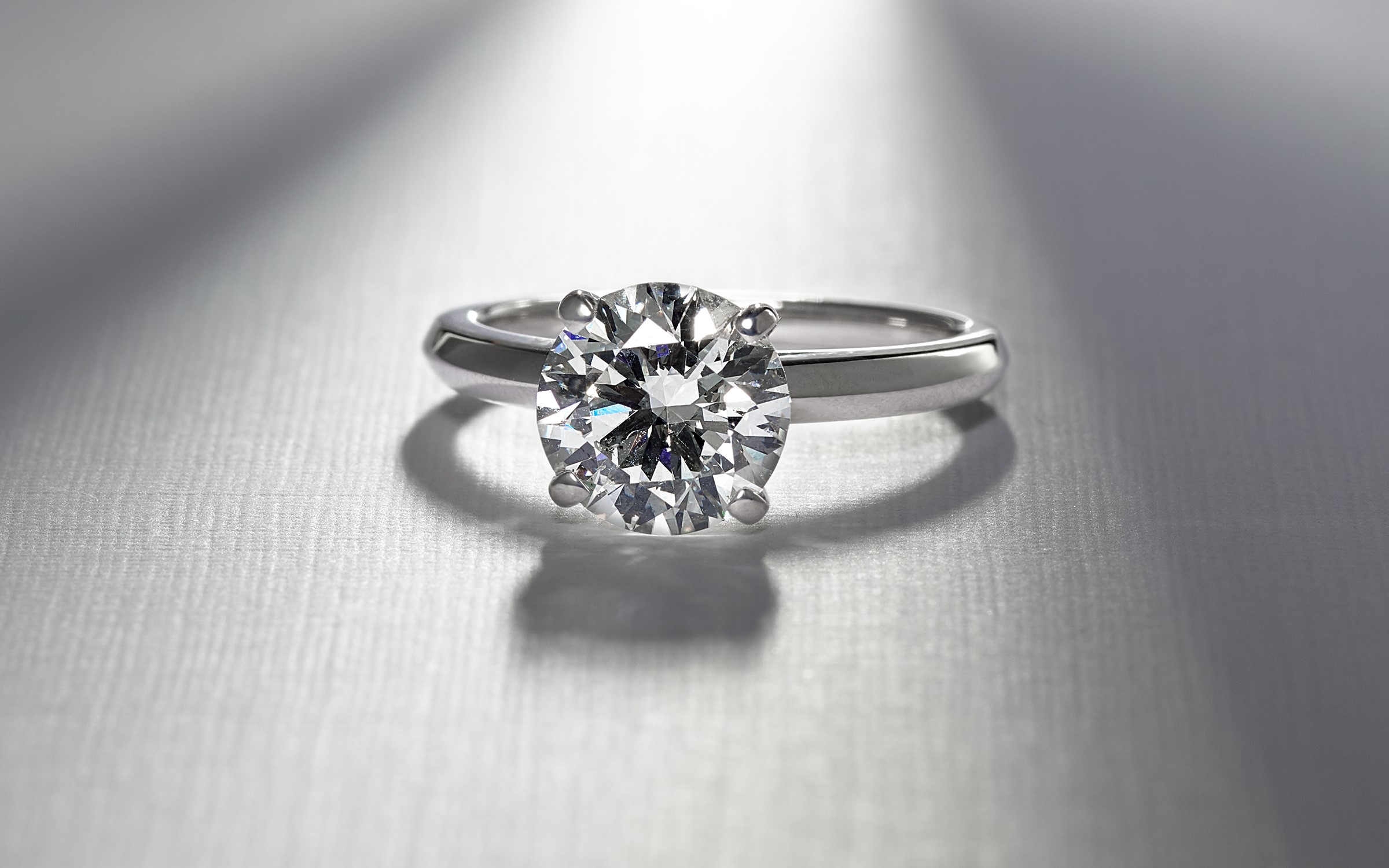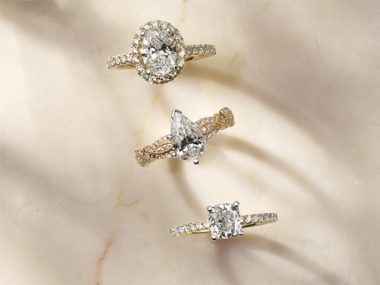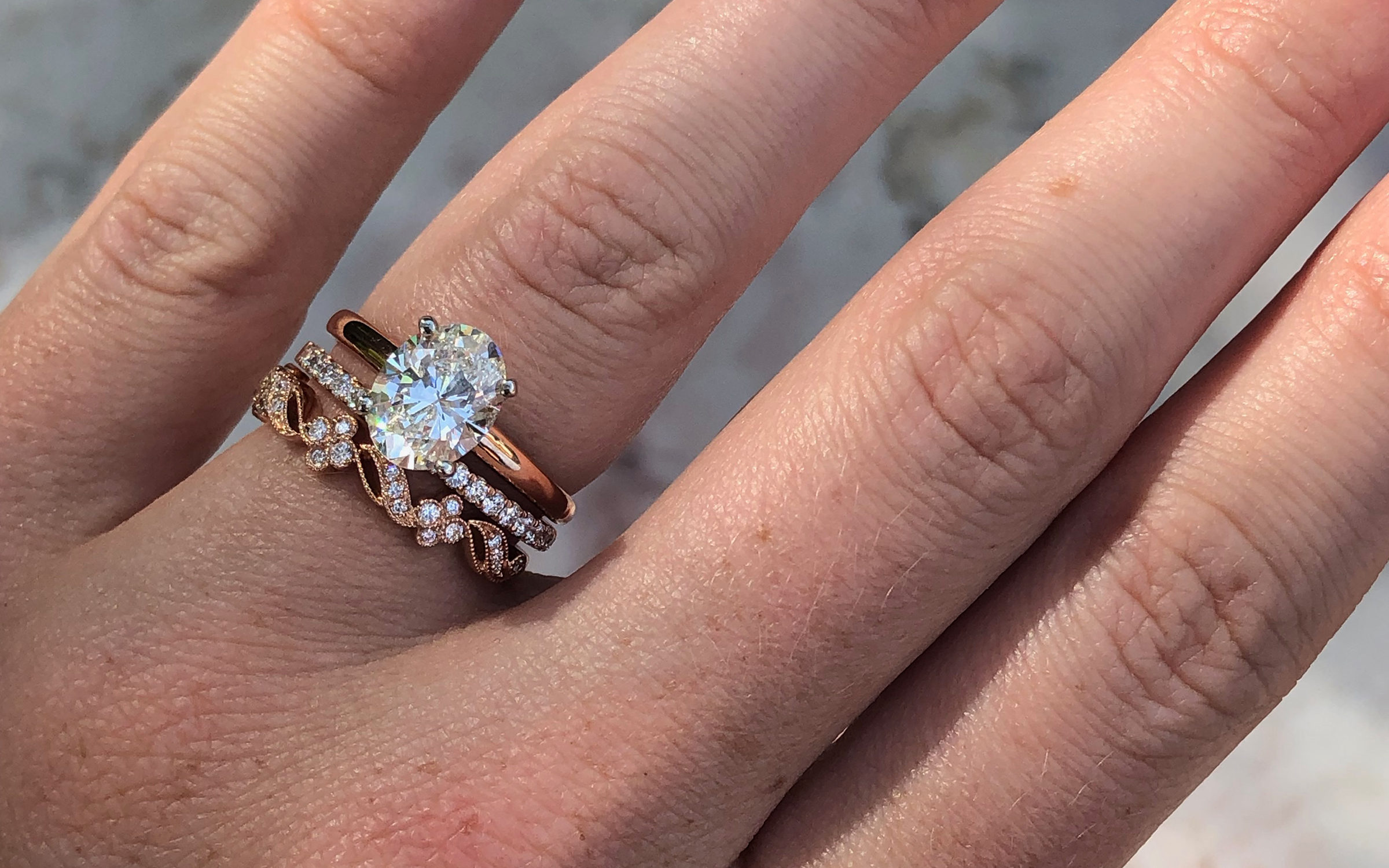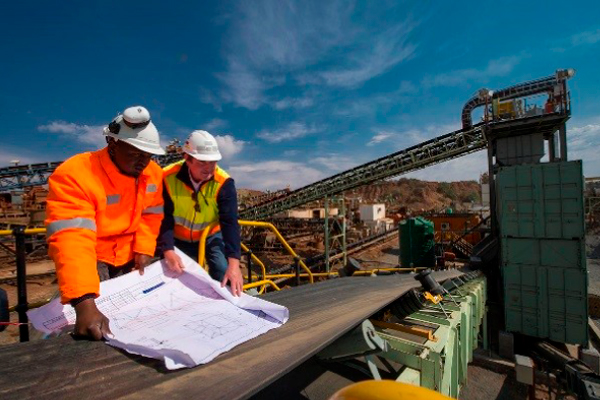
The story of diamonds has long been a romantic tale. From their formation underneath the earth for millions of years to their use in sentimental jewelry like custom engagement rings, anniversary gifts, birthday presents, and wedding bands, it’s no wonder we find their story so intoxicating. But what about the mining process? Did you know that the diamond industry actually creates jobs in communities all over the world? Read on to find out how diamonds are mined and what makes this process so special.
What Type of Mining Is Used for Diamonds?
There are three main processes for mining diamonds: alluvial mining, marine mining, and pipe mining.
Alluvial Mining
Alluvial diamond mining focuses on extracting diamonds found in the sand and mud along river banks. Over a long period of time, these diamonds have been carried by the river from a rock formation where they were grown to their eventual place deposited along the river banks. Alluvial miners will sift through the sediment to find these gemstones. Larger alluvial mining projects may separate the earth from the water in order to simplify the process.
Marine Mining
Marine diamond mining, as its name suggests, occurs in the ocean. This process uses large ships to dredge up material along the seafloor, then transfers it to a treatment plant on the ship where the gravel and other earth are sifted to locate the diamonds. Leftover sediment is usually returned to the ocean. Before any ships go out, the seafloor is scanned and sampled, and a plan is devised for which areas are most likely to hold diamonds.
Pipe Mining
The method of diamond mining you’re probably most familiar with is called pipe mining. First, prospectors locate the primary sources for pipe deposits (in other words, where the diamonds are most likely to be found). Ore samples are then collected to evaluate the area. Then, shanks are inserted into the ground and soil is extracted. Raw rock and soil are not usually examined onsite, instead being transported to plants where the ore is processed and the rough diamonds can be extracted.

Where Are Diamonds Found?
Natural diamonds have been found all over the world! In fact, 35 countries have been known to hold deposits of natural diamond, including the United States. Some of the most well-known countries for diamond mining include Australia, Botswana, Brazil, China, Russia, and South Africa.
How Is a Rough Diamond Extracted?
The process of extracting a rough diamond is a long one. It takes time and effort to obtain the rough diamonds that will eventually become beautiful pieces of jewelry.
Stage One: Crushing
Ore is collected and transferred to a crusher, which will crush the much larger pieces of ore into smaller ones, making them more manageable. A secondary crusher is sometimes used to break the ore down into even smaller pieces.
Stage Two: Scrubbing
Pieces of ore are scrubbed to remove any excess material. They are then screened and pieces of ore that are smaller than 1.5mm are removed, as it’s too expensive to try to extract diamonds from these small pieces.
Stage Three: Cyclonic Separation Plant
A solution is mixed, containing ferrosilicon powder and water, and then mixed with the diamond-bearing ore. This mixture is then put into a cyclone and tumbled, forcing the materials with the highest density to sink to the bottom of the cyclone.
Stage Four: Recovery
The leftover diamond-rich concentrate goes through various processes, including magnetic susceptibility, x-ray luminescence, and crystallographic laser fluorescence. These processes will separate the rough diamonds from other dense materials that were collected in the cyclone separation plant. Diamonds will also emit flashes of light, which are detected by sensors, and in turn the diamonds receive a blast of air and are spit into a collection box.
Stage Five: Cleaning, Weighing, and Packaging
The diamonds are then cleaned in an acid solution, washed, weighed, and packaged for transport. Each container is thoroughly sealed with a tamper-resistant seal and numbered onsite.
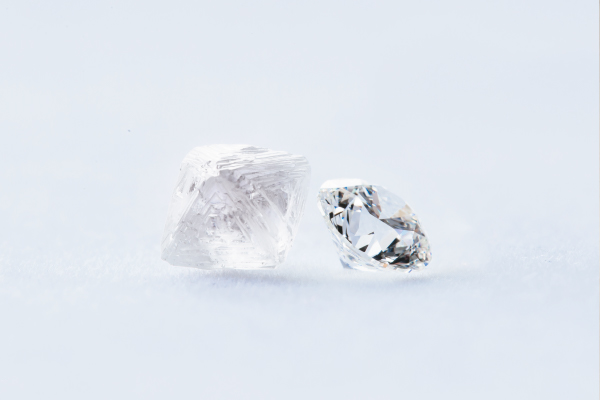
To learn more about diamonds, or to start the process of buying your own, you can visit Shane Co.’s Engagement Ring Buying Guide.
